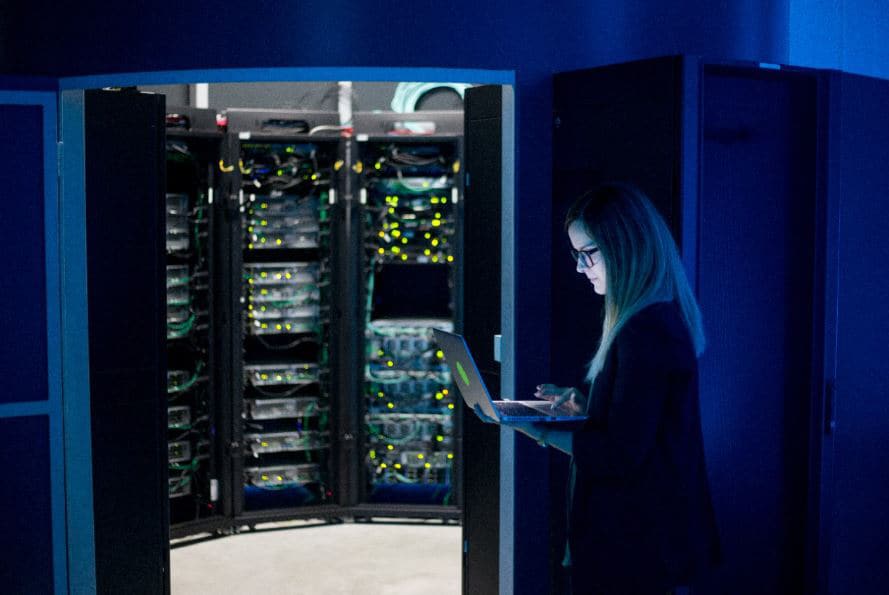July 02, 2020
Why to Include Cloud Backups in Your Disaster Recovery Plan
CDW has partnered with Commvault to provide a cloud-based disaster recovery solution that allows you to leverage Commvault backups and our cloud expertise.

In thenot-too-distant past, disaster recovery (DR) strategies were primarily designedto recover from natural disasters like a flood, fire or power outage. But withthe rise of ransomware, recovery from cyberattacks is now a much more crucialpart of any DR strategy. These attacks can be harder to detect and respond to but whatever the case may be, your organization needs to be ready.
One of thebest early use cases for the public cloud is disaster recovery. The combinationof pay-for-use billing and on-demand availability make public cloud a naturalfit for workloads that are considered essential, but for the most part, notcontinuously in use. That's why CDW Cloud Services has partnered with Commvaultto provide a cloud-based disaster recovery solution that allows you to leverageCommvault backups and CDW's cloud expertise, in combination with MicrosoftAzure.
How does cloud backup work?
Recovering tothe cloud can make your DR strategy more cost-effective by quickly deployingstorage and compute when necessary, and then turning it off when it's no longerrequired. That's why recovering your data to one or multiple clouds should bepart of any DR plan.
At CDW, ourCloud Services team uses Commvault's LiveSync technology to link VMware orHyper-V-based backups to a corresponding warm DR environment in MicrosoftAzure. The service consists of three distinct elements setup, monitoring andresponse. Let's take a look at each of the three service elements below.
Setting up disaster recovery in thecloud
If you are alreadyusing Commvault, CDW will provide configuration of LiveSync for existingCommvault protected workloads. Our Cloud Services team can also help with thedesign, configuration and implementation of a cloud-based DR environment, including:
- Backupinfrastructure (eg. CommCell or Media Agent etc.)
- Azureinstances mapped to corresponding protected workloads
- Storageconfiguration
- Secureconnectivity between production and DR environments
Monitoring your cloud-based backups
CDW providesmonitoring of LiveSync logs to ensure accurate, ongoing replication betweenproduction and DR workloads. We also offer annual testing of backup and restoreprocedures (test restores).
How CDW helps you respond to a DRincident
At CDW, weprovide intensive post-incident support to execute your DR playbook and rapidlyachieve baseline restore so you can access all DR infrastructure. Yourworkloads are also transitioned to CDW's Premium Cloud Management Service on anongoing basis for the duration of the time they are running in Azure.
3 cloud-based disaster recoverybenefits from CDW and Commvault
Stillwondering how CDW and Commvault can help you manage disaster recovery in thecloud with Microsoft Azure? Here are a few more benefits:
Cost-Effective Commvault's LiveSync technologyallows Azure-based resources to remain shut down when in stand-by mode. Thisapproach dramatically reduces the carrying costs of the DR environment when notin use.
Fully Managed When a DR failover is executed,workloads are immediately transitioned to our industry-leading cloud managementteam for the time they remain active in Azure. You do not require in-housecloud expertise. CDW can also run DR drills and failover testing on customer'sbehalf.
Secure Design Our certified architects designeach solution using Microsoft Azure and Commvault best practices. We build allthe cloud resources using a secure and automated Azure Landing Zone whichreduces risk, time and costs.
To learn more about CDW's cloudsolutions and services, visit CDW.ca/cloud

